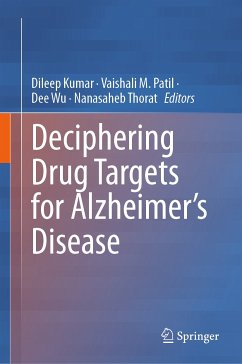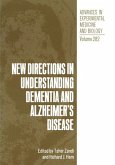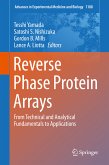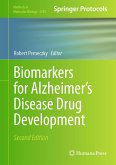This book explains the fundamental characteristics and biofunctionality of Alzheimer's Disease drug targets and provides up-to-date information on the full range of their biomedical applications. An introductory section gives an overview of the recent developments related to drug targets identified and studied related to Alzheimer's Disease and key developments from preclinical and clinical studies focusing on various molecular targets related to AD and dementia by subject experts all around the globe. Here, individual chapters address the progress and perspectives in human and non-human research, role of various biomarkers as an overview, advanced gene therapy, and novel compounds for therapeutic targets for Alzheimer's disease. The book will be essential reading for graduate students, scientists, and engineers in any of the biomedical research fields in which efforts are being made to utilize novel drug targets and develop effective strategies for new drug targeting and delivery in Alzheimer's disease treatment.
Dieser Download kann aus rechtlichen Gründen nur mit Rechnungsadresse in A, B, BG, CY, CZ, D, DK, EW, E, FIN, F, GR, HR, H, IRL, I, LT, L, LR, M, NL, PL, P, R, S, SLO, SK ausgeliefert werden.









